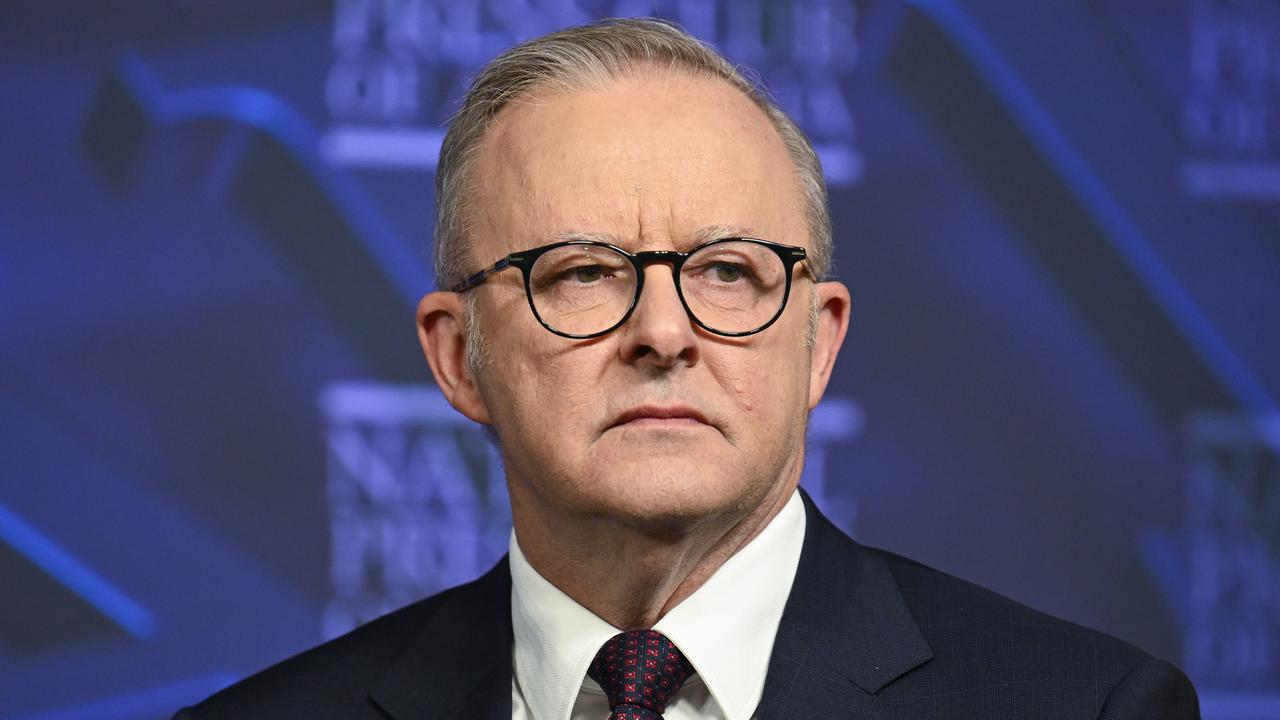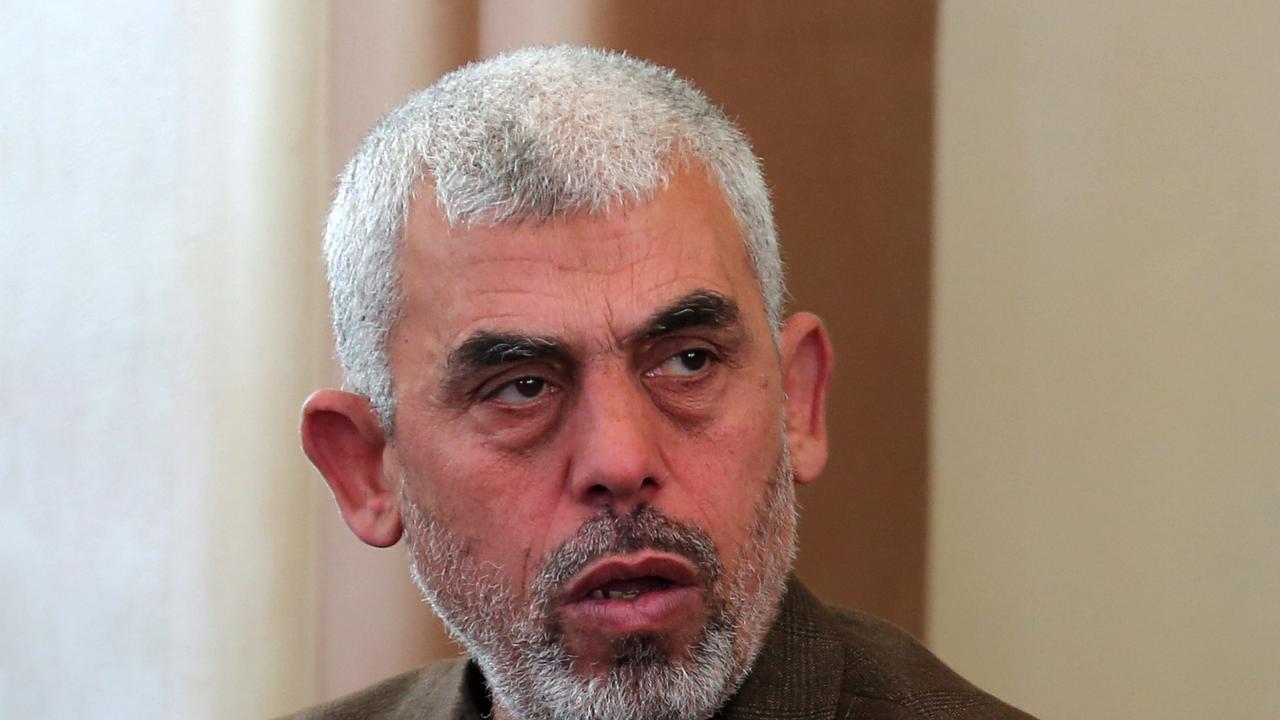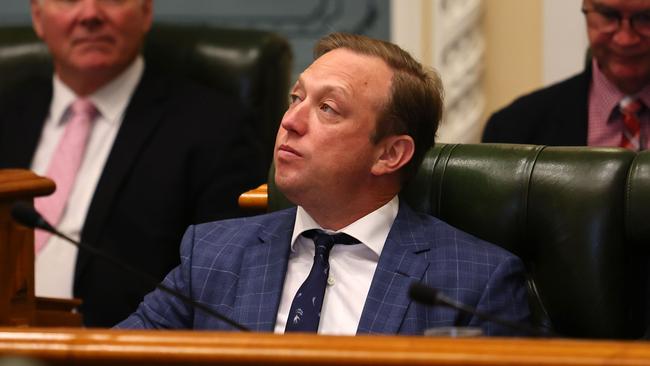
Winning a state election can be expensive, particularly if your brand is as tarnished as Labor’s in Queensland. This year’s Queensland state budget allocated $3.7bn for pre-election sweeteners, roughly $1000 per registered voter. It’s a risky investment since the odds of Steven Miles retaining government have blown out to $5 on Sportsbet.
Dressing up a package of subsidies and handouts as cost-of-living relief amounts to fraud. It will put upward pressure on inflation, a hidden tax most felt by the poorest.
The budget handed down by Queensland Treasurer Cameron Dick in June is arguably the most reckless and irresponsible pre-election fiscal splurge in Australian political history. The electricity subsidy of $1000 per household comes on top of a $300 subsidy from the federal government.
Public transport fares have been slashed to 50 cents for the next six months, vehicle registration reduced by 20 per cent and first-home concessions extended.
None of these subsidies is means-tested, while the inflation they help to drive is highly regressive.
To add insult to injury, Miles has paid for these cheap, tawdry bribes with other people’s money. The bill will be added to the state’s debt, which is forecast to rise to $111bn over the next four years. Until the start of the last decade, it was close to zero. There is no excuse that can be mounted in a state that has done very well out of the mining boom.
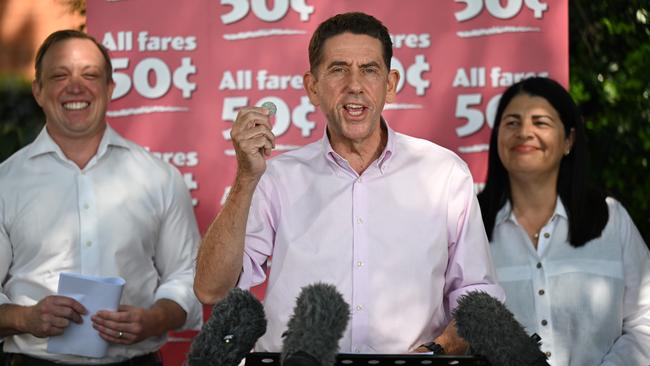
The outbreak of fiscal incontinence afflicting Canberra has spread to Brisbane, Melbourne, Sydney and other state capitals, where the imperative to balance the books appears to have been completely forgotten. The effects of this cavalier attitude to fiscal policy have been delayed in the resource states by a windfall in royalties.
But the falling commodity price is bringing the chickens home to roost, as budget deficits blow out accordingly.
The Treasury boffins were caught entirely by surprise by the growth in state spending. Jim Chalmers’ May budget forecast that public final demand – the combined total of state and federal spending – would rise by a mere 1.5 per cent in real terms over the next two years.
It was an optimistic assumption at a time when there were wall-to-wall Labor governments in mainland states.
Last month, the Reserve Bank issued a more believable estimate of a 4 per cent rise in total government spending this financial year. That means an extra $70.7bn will be circulating in the economy by the end of June, twice as much money as the government will spend on Medicare.
That’s a very scary number if you believe that spendthrift governments drive inflation, which left-leaning economists increasingly don’t. The fad of Modern Monetary Theory, or voodoo economics, has become the new orthodoxy among the anointed. Fretting over the details of fiscal policy is considered old hat.
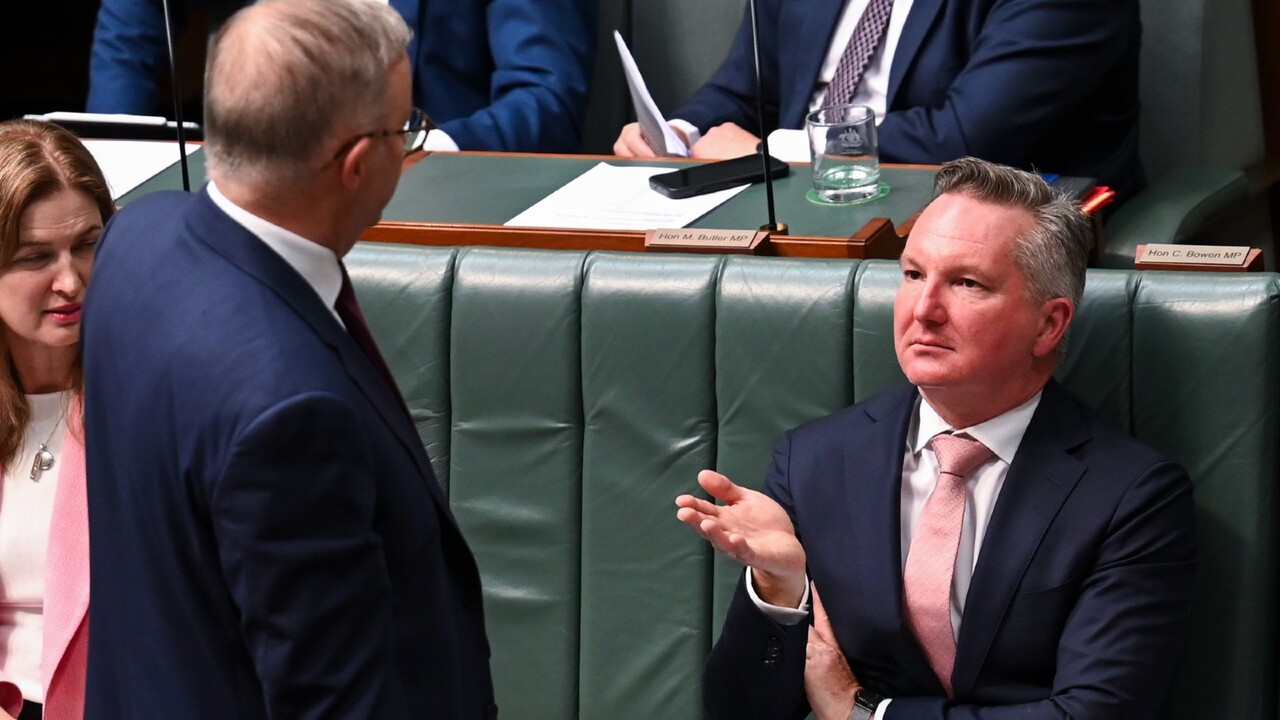
The Australia Institute’s personable director and chief economist, Richard Denniss, articulated the new thinking in Nine newspapers earlier this year. “While money can’t buy everything, the Australian government can ‘buy’ a lower consumer price index,” Denniss wrote. “Its decision to spend $3.5bn on an Energy Relief Fund is an innovative, and likely effective, policy response to current idiosyncratic and challenging economic circumstances.”
Denniss is right, up to a point. The Treasurer can buy a temporary reduction in the CPI, which measures the price paid by customers, not the money governments stuff in their pockets. Yet the CPI is just a measure of inflation, not inflation itself.
Artificially depressing the CPI doesn’t alter underlying inflation any more than second-hand cars can be rejuvenated by fiddling with the odometer.
Like the Treasurer, Denniss takes a fatalistic view of inflation, believing economic destiny is shaped by spirits beyond human control. In their minds, the current burst of inflation is caused by the external shocks of post-Covid blockages in supply chains and Russia’s invasion of Ukraine.
Yet three years after pandemic restrictions began to be removed, and 31 months after the Russians invaded Ukraine, the voodoo explanation is wearing thin, particularly since inflation has returned to normal levels in most OECD nations. Underlying inflation in Australia is higher than in any country in the G10.
Inflation in the Eurozone fell to 2.2 per cent in August, prompting the European Central Bank to cut interest rates last week. The common currency agreement requires member nations to abide by the Stability and Growth Pact, restricting budget deficits to 3 per cent of GDP.
The Germans, the most dominant economic partner, are particularly strict about keeping to the rules, driven by nightmares of wheelbarrows of near-worthless banknotes exchanged for half a brick of pumpernickel.
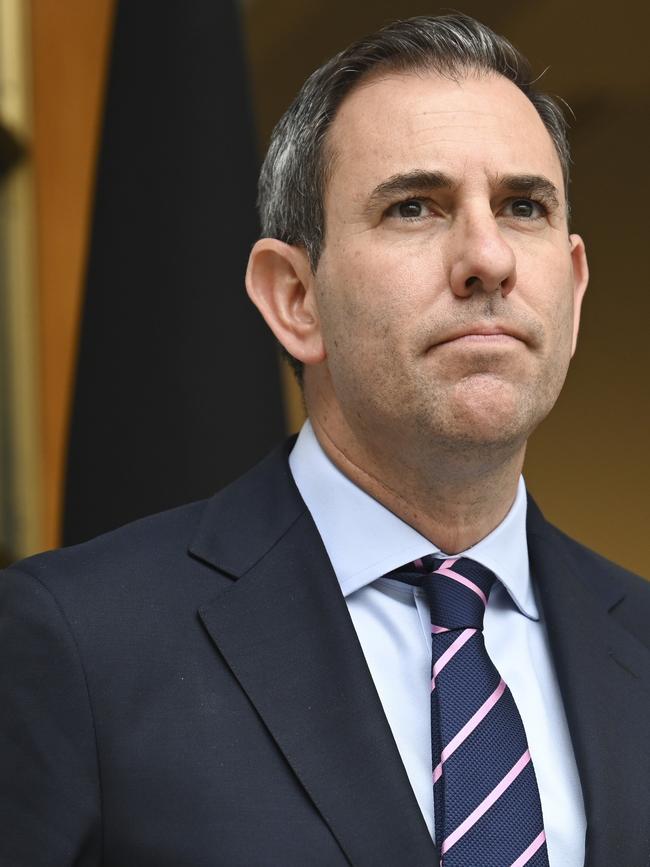
Public spending is off the charts in the US, but inflation has declined mainly because of productivity improvements. On the other hand, Australia is hit by the double whammy of low or negative productivity growth and high public spending.
Sadly, we are reaping the rewards of growing economic illiteracy after decades of growth, in which a functioning economy appeared to be part of our national inheritance. The sweat and tears of the 1980s and 1990s have largely been forgotten. The days when fiscal and monetary policy were part of everyday civic conversation are remembered by a grumpy old few. Fighting the intergenerational injustice of paying for recurrent spending, but increasing the debt burden on future generations, appears to be a lost cause.
This dumbed-down atmosphere has encouraged the Queensland Labor government to treat voters as mugs by pretending government handouts will ease the cost of living. But by committing to subsidising electricity only for the next year, and paying the subsidy upfront, it’s merely delaying the shock to household budgets and the rise of CPI.
The public transport subsidies are guaranteed for only six months, which will comfortably cover the election campaign. Yet, intriguingly, the introduction of 50c public transport tickets was delayed until August 5, not July 1 like the other measures. It means Queenslanders can ride buses and trains to their heart’s content until February.
Might this scheduling betray the likely timing of our next federal election? A date in early 2025 has firmed as the favourite in the betting markets. Watch this space.




